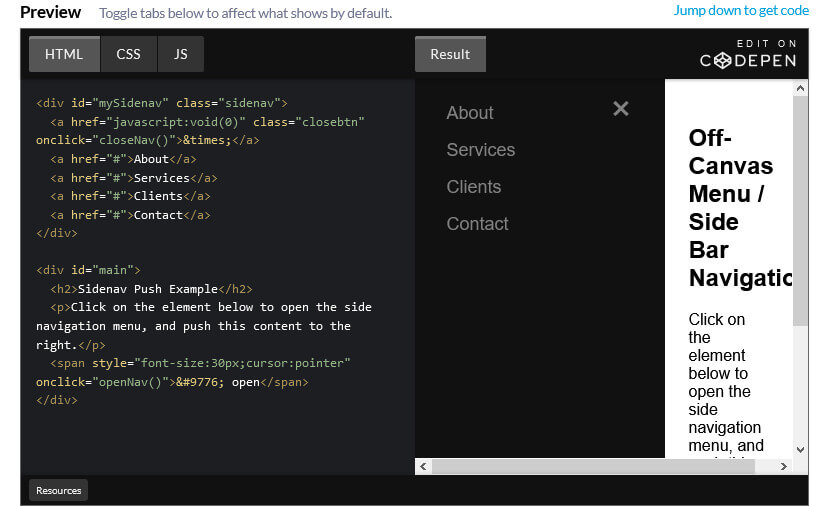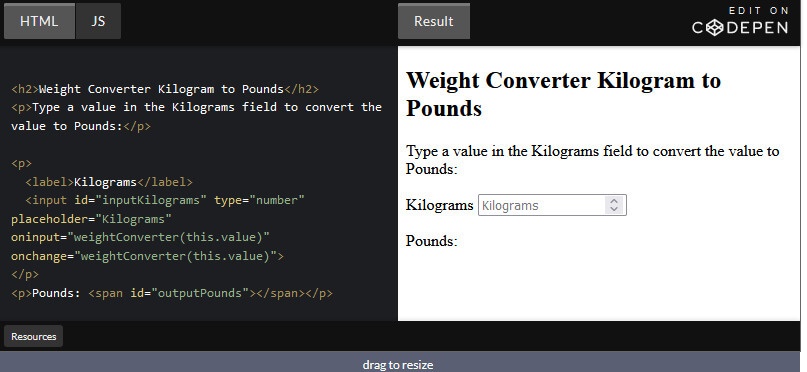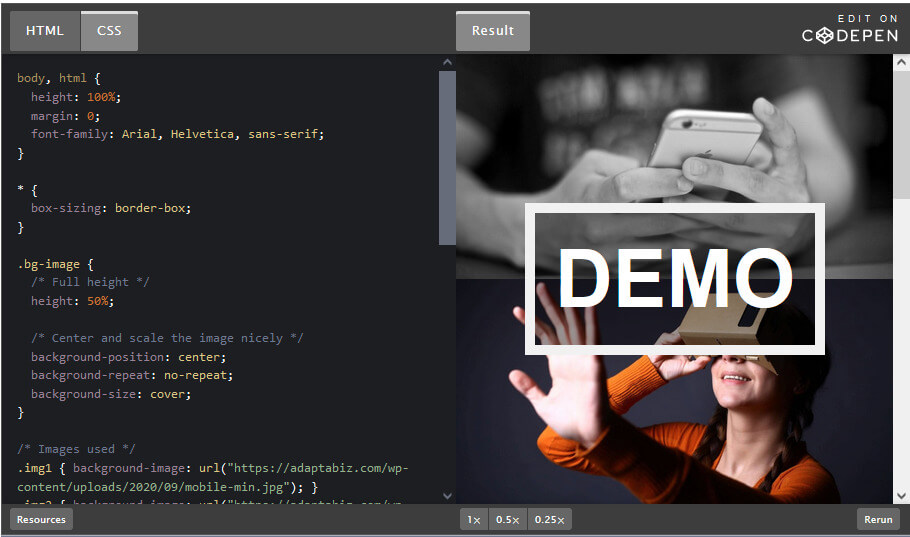LAMP stands for Linux, Apache, MySQL, and PHP, Perl, or Python. It offers a great alternative to commercial software packages. it works well as a bundle of programs that provide a robust platform to develop and implement web-based applications and servers. For years, it has been the most effective solution to develop enterprise-level web apps with enhanced customization and flexibility, cost-effectively.

The open-source nature of LAMP interactions between end-users and the source can be potentially modified to suit the developers’ specific needs. Further, MySQL and PHP make it easy to code and even novices can easily build something and get it up and running quickly.
As it uses PHP as a standard APACHE module and uploads PHP files through a MySQL Database to an APACHE server, deployment is a breeze. However, LAMP is essentially an acronym for a classic web server stack:
Linux: The operating system. Linux is a free and open-source operating system (OS) that has been around since the mid-1990s. Linux sets the foundation for the stack model. All other layers run on top of this layer. Today, it has an extensive worldwide user base that extends across industries. Linux is popular in part because it offers more flexibility and configuration options than some other operating systems.
Apache: The web server. The next layer is occupied by the most popular open-source web server on the internet. It has a modular design that includes support to bind up with the web programming languages and modules for a wide range of extensions. The Apache web server processes requests and serves up web assets via HTTP so that the application is accessible to anyone in the public domain over a simple web URL.
MySQL: The database. MySQL is an open-source relational database management system for storing application data. With MySQL, you can store all your information in a format that is easily queried with the SQL language. MySQL stores details that can be queried by scripting to construct a website. In high-end configurations, MySQL can be offloaded to a separate host server. You should note that MariaDB has replaced MySQL in many LAMP deployments as there are cases where you will be using software that explicitly requires MySQL.
PHP: The programming language. Sitting on top of them all is our fourth and final layer. The scripting layer consists of PHP and/or other similar web programming languages. Websites and Web Applications run within this layer. The PHP open-source scripting language works with Apache to help you create dynamic web pages. You cannot use HTML to perform dynamic processes such as pulling data out of a database. To provide this type of functionality, you simply drop PHP code into the parts of a page that you want to be dynamic.
How the elements work together
Apache web server is responsible for handling the web page requests coming in from the browsers. If it is a PHP file request, the web server passes the request to PHP which loads the file and executes the code within the file. PHP communicates with the MySQL to fetch or store if the code makes any reference to the data stored in the database. PHP can effectively create HTML required by the web browser to render the web page using the code in the file and data from the database. As soon as PHP completes running the code in the file, it passes the resultant data to the Apache web server to send back to the browser. These operations are included by default in the Linux operating system beneath the server.

Why it is so popular?
Development and deployment simplicity
Powerful web applications can be built using LAMP technology with a simple code and it is easy to modify or extend the application as per your business requirements. Most of the hosting services provide standard LAMP based environments and can be deployed easily with no license fees and through Linux distribution such as Debian, Fedora, etc.
Flexibility
Unlike other technology suppliers, the LAMP stack does not limit your development options. It offers complete flexibility to build and deploy applications considering your unique business needs. Although LAMP uses Linux as the OS, you can use the other components with an alternative OS to meet your specific needs. For example, there is a WAMP stack, which uses Microsoft Windows; MAMP with the Mac OS; and even WIMP, using Windows and the Internet Information Services web server from Microsoft. Because LAMP is all open source and non-proprietary, you can avoid lock-in. You have the flexibility to select the right components for specific projects or business requirements. LAMP offers flexibility in other ways as well. Apache is modular in design, and you will find there are existing, customizable modules available for many different extensions. These modules range from support for other languages to authentication capabilities.
Efficiency
LAMP can help you reduce development time. Because LAMP is an open-source stack that has been available for more than a decade, there is today a substantial LAMP ecosystem. You can build on what other people have done in the past and make it your own. Work within an Apache module that gets you 80% of the way there, customize the last 20% and save considerable time as a result.
Customization and security
As LAMP components are the open-source they provide great customization features with a wide range of additional modules and functionality.
LAMP technology is secure and stable. It possesses a powerful security feature to mitigate vulnerable attacks and if any error occurs it can be fixed quickly in a financially savvy approach.
IMPORTANT NOTE: Although the ‘M’ in LAMP first stood for MySQL, MariaDB has since taken over that spot. MySQL was replaced shortly after its ownership changed to Oracle in 2010. This change was a big concern for those using LAMP Stack because the main goal of the software bundle was to ensure it was always open-source and always maintained by an open-source community. As such, MariaDB and other relational database management systems like MongoDB now constitute the ‘M’ in LAMP Stack.









